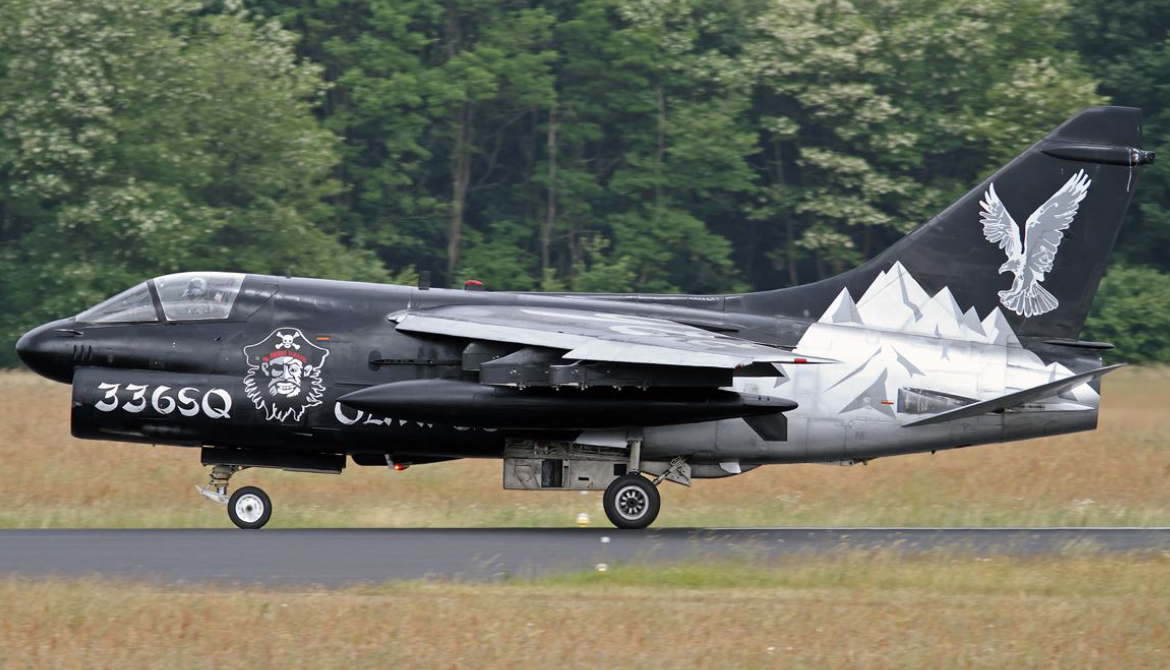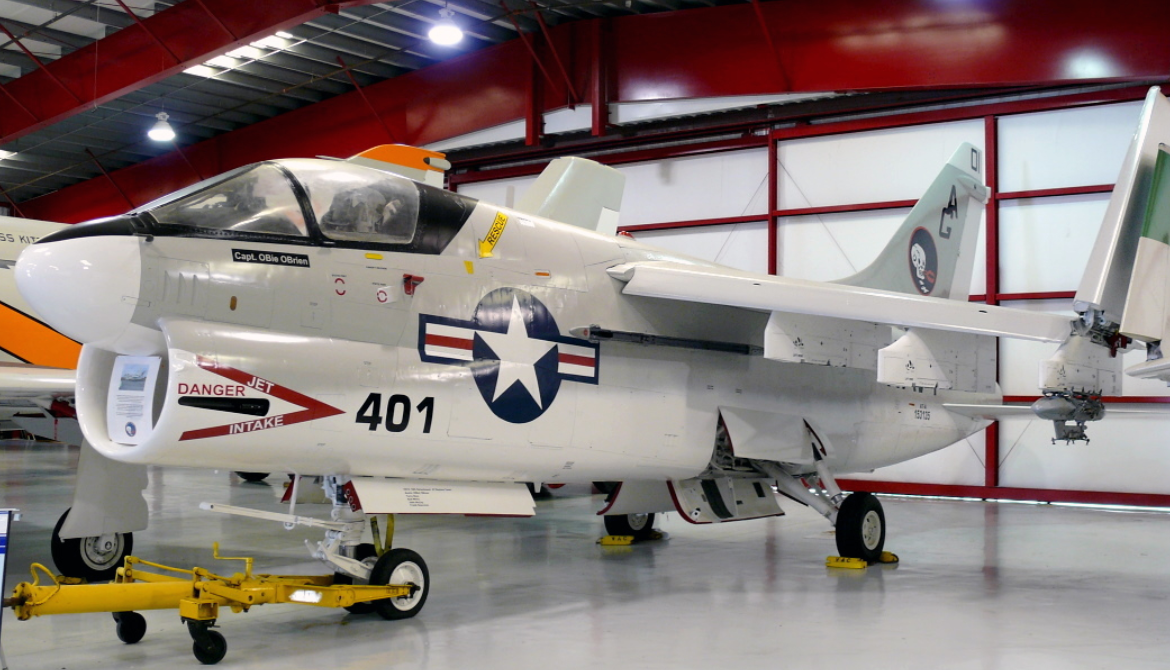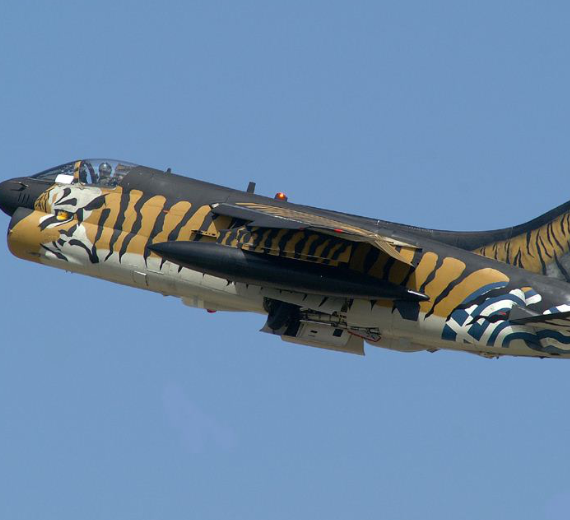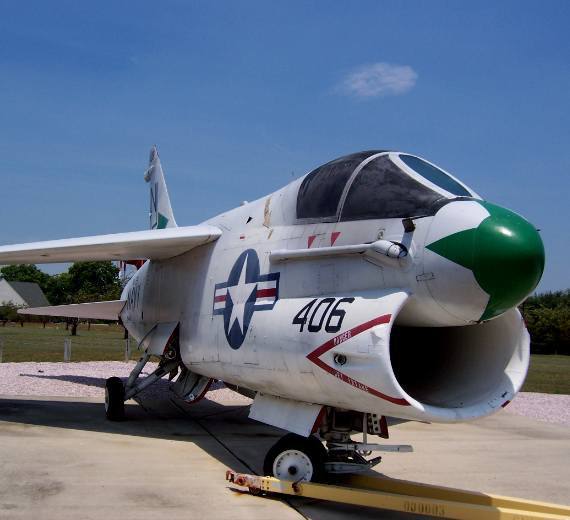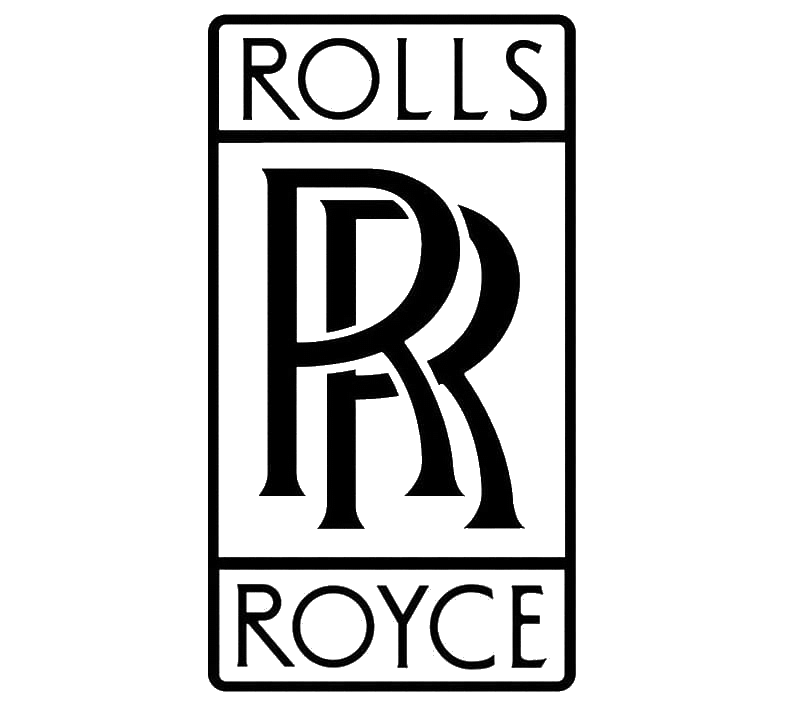LTV-Chance-Vought
LTV A-7 Corsair II
Role Attack aircraft
National origin United States
Manufacturer Ling-Temco-Vought
First flight 26 September 1965
Introduction 1 February 1967
Retired 1991 (USN, USAF), 1993 (ANG)
1999
(Portuguese Air Force)
2014 (Hellenic Air Force)
Primary users United States Navy United States Air Force
Portuguese Air Force (historical)
Hellenic Air Force
Produced 1965–1984
Number built 1,545
Developed from Vought F-8 Crusader
Variants LTV A-7P Corsair II
Vought YA-7F
.
History LTV-Chance-Vought
LTV A-7 Corsair II

The LTV A-7 Corsair II is an American carrier-capable subsonic light attack aircraft designed and manufactured by Ling-Temco-Vought (LTV).
The A-7 was developed during the early 1960s as replacement for the Douglas A-4 Skyhawk. Its design was derived from the Vought F-8 Crusader; in comparison with the F-8, the A-7 is both smaller and restricted to subsonic speeds, its airframe being simpler and cheaper to produce.
The LTV A-7 Corsair II was a carrier-capable subsonic attack fighter. It was a derivative of the Vought F-8 Crusader, an earlier fighter; compared to the Crusader, it had a shorter, broader fuselage, and a longer-span wing but without the Crusader's variable-incidence feature. The A-7's wing was not only larger but had reduced sweepback, as well as six pylons with the carriage of up to 15,000 lb (6,800 kg) of bombs or other equipment.[6] According to Gunston and Gilchirst, there were no common structural features shared between the two aircraft despite their visual similarity and shared heritage
he A-7 had fully powered flight controls, as did the F-8. However, conventional outboard ailerons were used (instead of the drooping ailerons mounted inboard of the wing-fold of the F-8 and doubling as flaps when flaps were deployed), along with large slotted flaps on the wing's inboard area; the wing fold was between the flaps and ailerons. The wing leading edge was fixed and had a dog-tooth discontinuity. A large air brake was fitted on the underside of the aircraft. The three-unit landing gear retracted into the fuselage; the twin-wheel nose gear was steerable and stressed for catapult-assisted take-offs.

To achieve the required range, initial versions of the A-7 were powered by a single Pratt & Whitney TF30-P-6 turbofan engine, which produced 11,350 lbf (50.5 kN) of thrust. It had replaced the afterburner-equipped Pratt & Whitney J57-P-20A turbojet engine of the F-8. The same engine had also powered several other combat aircraft of the era, including the General Dynamics F-111 Aardvark and early Grumman F-14 Tomcats. The TF30-P-6 did not require an afterburner for its subsonic role.
Later versions of the A-7 used different engines; according to Gunston and Gilchrist, this was largely due to production difficulties in keeping up with numerous military and civil demands. These new powerplants included the more powerful Pratt & Whitney TF30-8 and the Allison TF41-A-2 engines, a licensed model of the Rolls-Royce Spey engine. The TF41 corrected issues that had troubled initial A-7 operations, such as severe compressor stalls and low thrust. The Air Force A-7D had self-contained starting using internal batteries and a gas turbine starter. The Navy A-7E used an air turbine starter driven by an external air supply.0
KmCeiling
0
KmCombat RANGE
0
Km/hAircraft Speed
0
Max Crew
Photo Gallery
LTV-Chance-Vought
LTV A-7 Corsair II


LTV-Chance-Vought
LTV A-7 Corsair II
General Info
-
-
- Crew: 1
- Length: 46 ft 2 in (14.06 m)
- Wingspan: 38 ft 9 in (11.8 m)
- Width: (7.24 m) wings folded
- Height: 16 ft 1 in (4.9 m)
- Wing area: (34.83 m2)
-
Powerplant
-
- Empty weight: (8,676 kg)
- Max takeoff weight: 41,998 lb (19,050 kg) overload condition.
- Fuel capacity: 1,338 US gal (5,060 L; 1,114 imp gal) (10,200 lb (4,600 kg)) internal
- Powerplant: 1 × Allison TF41-A-2 non-afterburning turbofan engine, 15,000 lbf (66.7 kN) thrust
-
Performance
- Maximum speed: 600 kn (690 mph, 1,100 km/h) at sea level
-
-
-
- 562 kn (1,041 km/h; 647 mph) at 5,000 ft (1,500 m) with 12x Mk82 bombs
-
-
- Range: 1,070 nmi (1,231 mi, 1,981 km) maximum internal fuel
- Ferry range: 1,342 nmi (1,544 mi, 2,485 km) with maximum internal and external fuel
- Service ceiling: (13,000 m)
- Rate of climb: 15,000 ft/min
- Wing loading: 77.4 lb/sq ft
Armament
- Guns: 1× M61A1 Vulcan 20 mm (0.79 in) rotary cannon with 1,030 rounds
- Hardpoints: 6× under-wing and 2× fuselage pylon stations (for mounting AIM-9 Sidewinder AAMs only) with a capacity of 15,000 lb (6,800 kg) total capacity, with provisions to carry combinations of:
.
Links to Youtube & Others
The MB-339 was developed during the 1970s in response to an Italian Air Force requirement that sought a replacement for the service's existing fleet of Aermacchi MB-326s.
LTV-Chance-Vought
LTV A-7 Corsair II
An Aermacchi MB-339 jet had just taken off in formation to head to Vercelli, where it should have perform an aerial exhibition.
Youtube Link
Learn all about the Aermacchi MB-339 with Curator of Aviation Eric Boehm.




